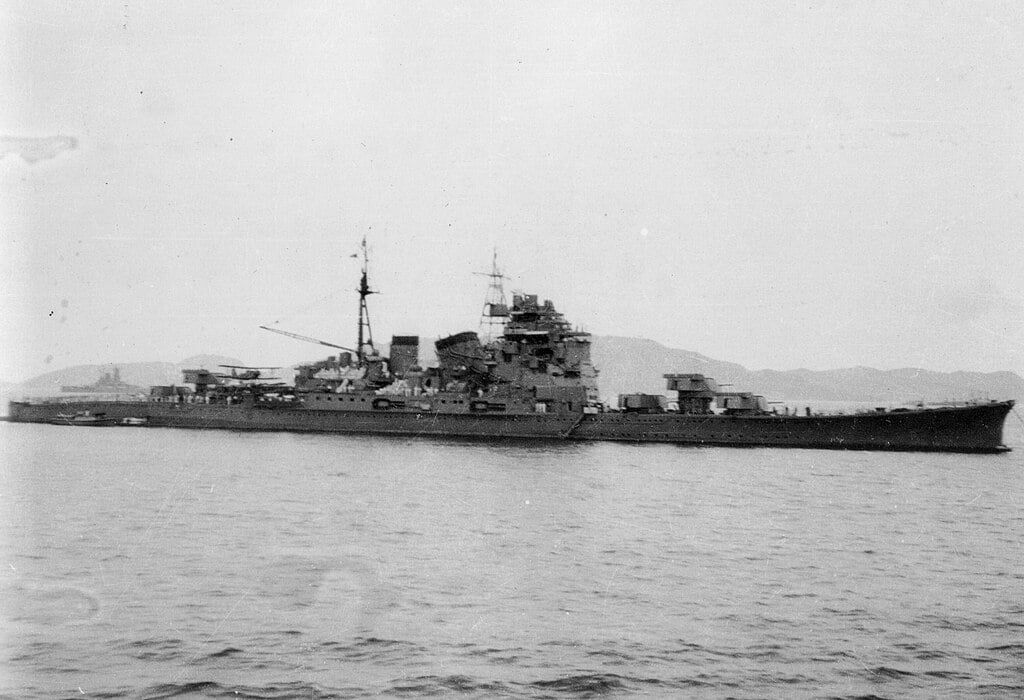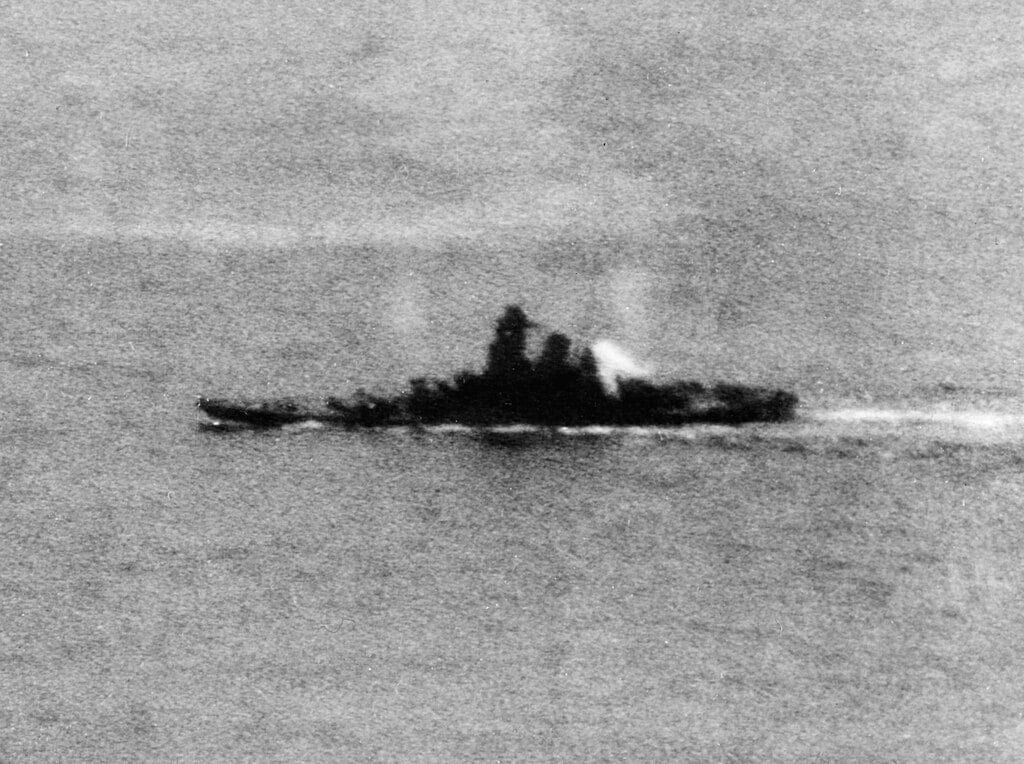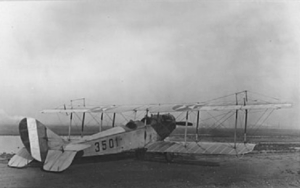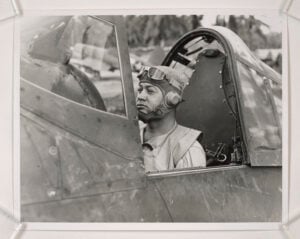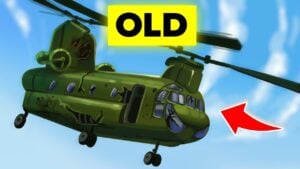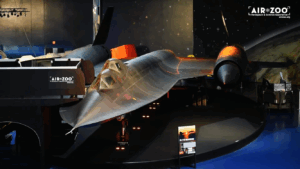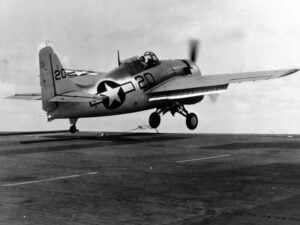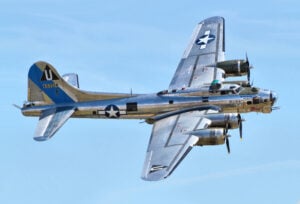How an Aerial Armada of 300 Planes Destroyed the Yamato
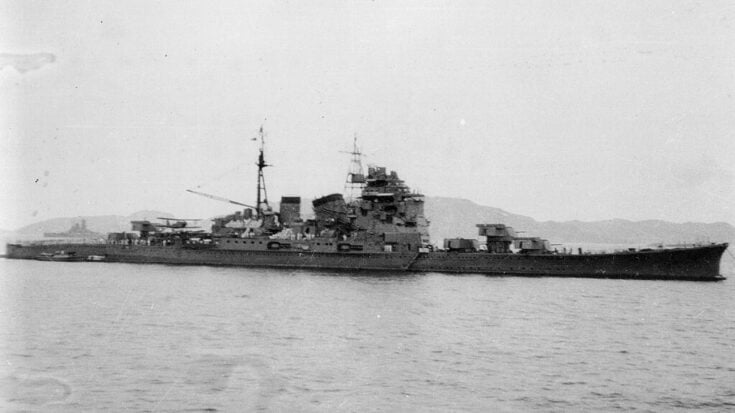
Photo by See page for author, Public domain, via Wikimedia Commons.
The Last Giant of the Sea
In April 1945, the Pacific Ocean was nearing the end of its long war. The Imperial Japanese Navy, once dominant, had been reduced to scattered remnants. Yet one ship remained—a shadow of an empire refusing to surrender. The battleship Yamato, largest ever built, weighed over seventy thousand tons and carried nine 18-inch guns. She was a floating fortress of steel, created to win battles through raw power. But by 1945, the sea no longer belonged to battleships. Aircraft carriers and their planes ruled the Pacific.
When American reconnaissance spotted Yamato moving south from Japan, analysts realized what was happening. The ship had been ordered on a one-way mission toward Okinawa. She was to beach herself, fight until destroyed, and serve as a stationary gun platform. It was not a strategy—only an act of desperation. The U.S. Navy could not allow her to reach the island. Within hours, Admiral Marc Mitscher’s Task Force 58 prepared to intercept.
Photo by See page for author,
Public domain, via Wikimedia Commons.
Operation Ten-Go Begins
At dawn on April 7, carrier decks across the Pacific erupted into motion. Mechanics fueled planes, armorers fitted bombs and torpedoes, and pilots gathered for briefing. The order was simple: destroy Yamato. Fourteen carriers prepared more than 300 aircraft—torpedo bombers, dive-bombers, and fighters.
From the Yorktown, Lieutenant Commander Jack Davis looked across the sea. He had seen the early years of the war at Pearl Harbor and knew the weight of what was coming. The engines roared as aircraft rolled down the decks one after another, lifting into gray skies. The Pacific below turned white with the wake of so many propellers. For two hours they flew across open ocean toward a single contact point where the massive ship had last been seen.
The Hunt Over the East China Sea
Far below, Yamato moved steadily south with a small escort of destroyers. Her crew of over three thousand men lined the decks, watching the horizon. They knew the odds. There would be no air support, no reinforcements, and little chance of survival. Admiral Seiichi Itō stood on the bridge, calm and silent. When reports of incoming aircraft reached him, he gave one final order—“Full speed ahead.”
At noon, American pilots broke through the clouds and saw her for the first time. Against the blue of the sea, Yamato looked unreal—immense, sleek, and armored like a fortress. Her guns began firing at once, the thunder echoing for miles. Tracer shells clawed upward, filling the sky with red arcs. Dive-bombers rolled into steep descents, dropping thousand-pound bombs, while Avengers skimmed the waves to release torpedoes.
Photo by Naval History & Heritage Command,
Public domain, via Wikimedia Commons.
The Fall of the Battleship
The first torpedoes hit around 12:45 p.m., slamming into Yamato’s port side. Explosions threw water hundreds of feet high. Her crew fought to contain flooding, but the ship’s massive compartments filled too quickly. More waves of aircraft arrived—dive-bombers from Bunker Hill, Essex, and Hancock pressing the attack from every direction.
Inside Yamato, sailors struggled in smoke and darkness. Anti-aircraft gunners fired blindly as the list increased. The second torpedo wave struck minutes later, followed by direct bomb hits near the forward turret. The giant began to slow, turning hard but unable to steady herself. Admiral Itō stayed on the bridge, refusing to abandon ship.
The End of an Era
At 2:20 p.m., six torpedoes struck almost simultaneously along her starboard side. The shock tore open the hull. Power failed, fires spread, and the great guns froze in place. With the list now fatal, Itō ordered abandon ship. A few minutes later, the Yamato’s magazines detonated in a massive blast that sent a mushroom cloud six miles high. The sound carried across the fleet.
When the smoke cleared, nothing remained but oil and debris. Over three thousand Japanese sailors were lost; only a few hundred survived. The sky fell silent as American pilots turned home, many too shaken to speak. The largest battleship in history had vanished beneath the Pacific, marking the moment when naval power passed from ships to aircraft forever.













